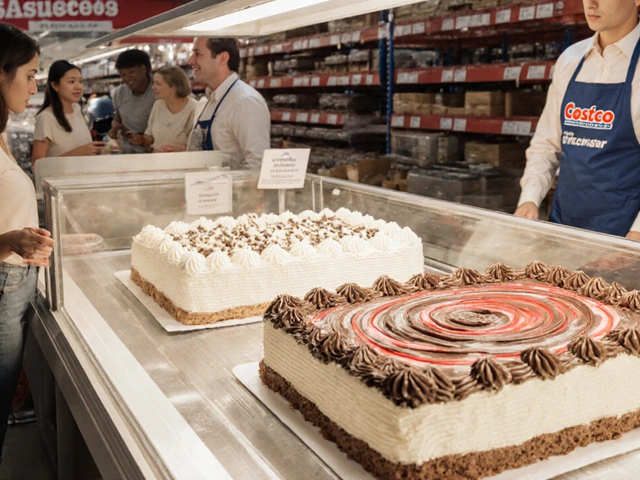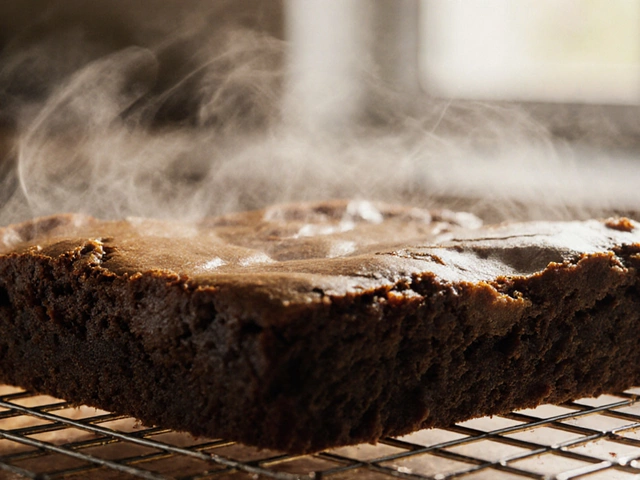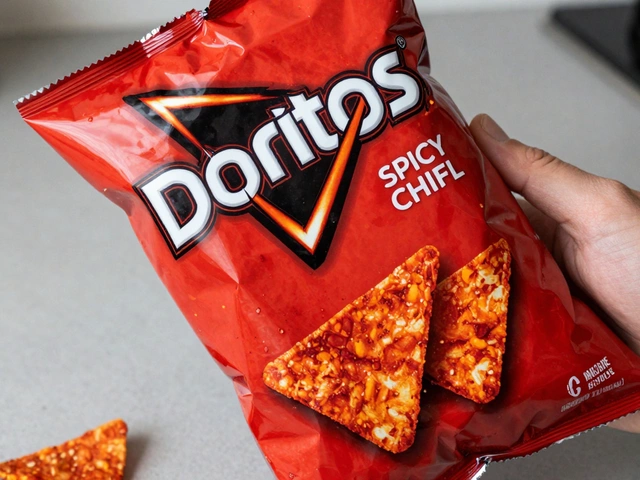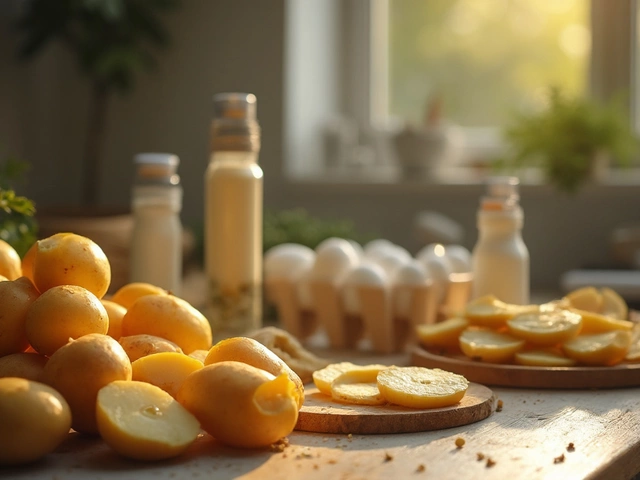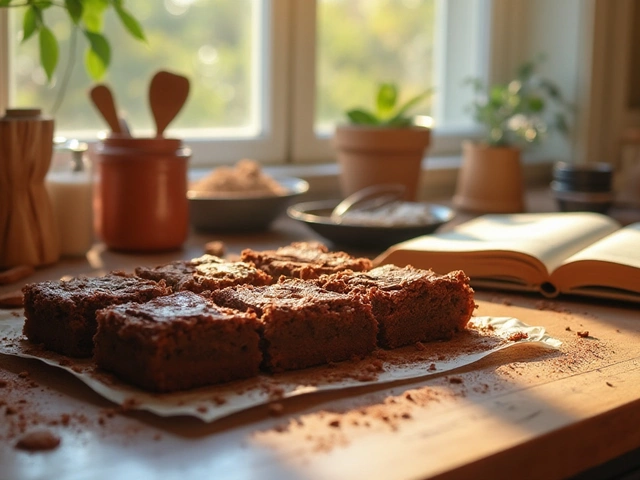Celiac Safe Flours: Your Go‑To Guide for Gluten‑Free Baking
If you have celiac disease, the right flour can mean the difference between a tasty dessert and an upset stomach. The good news? There are plenty of flours that are naturally gluten‑free and work great in sweets, cakes, and cookies. Below you’ll find the most reliable options, how to use them, and a few tricks to get the best texture every time.
Top Flours That Are Naturally Celiac‑Safe
Rice flour – The most common gluten‑free staple. It’s light, neutral in flavor, and works well in thin batters like pancakes or as a base in crumb coatings. For baked goods, pair it with a starch such as tapioca to avoid a gritty feel.
Almond flour – Made from finely ground almonds, this flour adds moisture, a mild nutty taste, and a tender crumb. It shines in brownies, lemon bars, and macarons. Because it’s high in fat, you may need to reduce added oil or butter in the recipe.
Coconut flour – Super absorbent, so you only need a little. It’s perfect for quick breads and frostings, but you’ll have to increase the liquid by about ¼ cup for every ¼ cup of coconut flour used.
Tapioca starch (or flour) – Not a true flour, but a starch that gives chewiness and crisp edges. It’s great in combination with rice or sorghum flour for a lighter texture in cookies and crusts.
Sorghum flour – Slightly sweet, with a texture similar to whole wheat. It works well in muffins, pancakes, and as a part of an all‑purpose gluten‑free blend.
How to Blend Flours for the Best Results
Most gluten‑free recipes call for a blend of at least two flours. This balances flavor, texture, and structure. A simple starter blend is:
- 1 part rice flour
- 1 part sorghum flour
- ½ part tapioca starch
- ¼ part almond flour (optional for extra moisture)
Mix the dry ingredients well before adding wet ingredients. This prevents clumps and ensures an even rise.
When swapping a wheat flour recipe, start with a 1‑to‑1 substitution using a pre‑made gluten‑free blend. Then, adjust the liquid: gluten‑free flours often need a little more moisture. Add an extra tablespoon of milk or water for each cup of flour if the batter looks too thick.
Want to keep your desserts light? Add a pinch of xanthan gum or guar gum (about ¼ teaspoon per cup of flour). This mimics gluten’s binding power and helps cakes rise.
Storing flours correctly prolongs freshness. Keep them in airtight containers in a cool, dark spot. Nut‑based flours like almond and coconut can go rancid faster, so store them in the fridge or freezer if you won’t use them within a month.
Now that you know the safe flours and how to blend them, you can confidently tackle any sweet recipe on the site—whether it’s a fudgy brownie, a fluffy cake, or a delicate macaron. Remember, the key is balance: mix textures, watch the liquid, and add a binder if needed. Happy baking, and enjoy those celiac‑friendly treats without compromise!
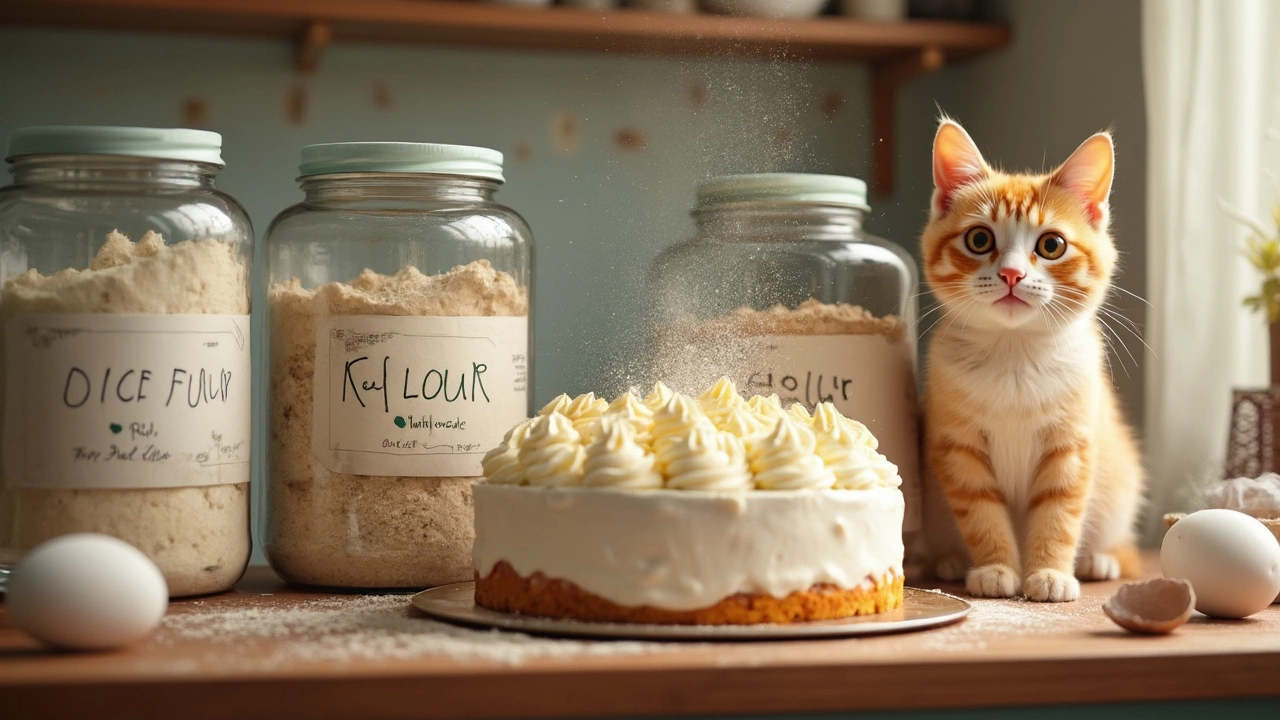
Gluten-Free Flour: What to Use for Cakes
Confused about which flours are actually gluten-free for your cakes? This guide breaks down the best gluten-free flours, how they behave in cake recipes, and what swaps really work. From rice flour basics to almond flour hacks, learn which options keep your baking safe and tasty. Plus, smart tips for better texture and flavor in gluten-free cakes. Even Whiskers the cat can't mess this up for you!
View More
